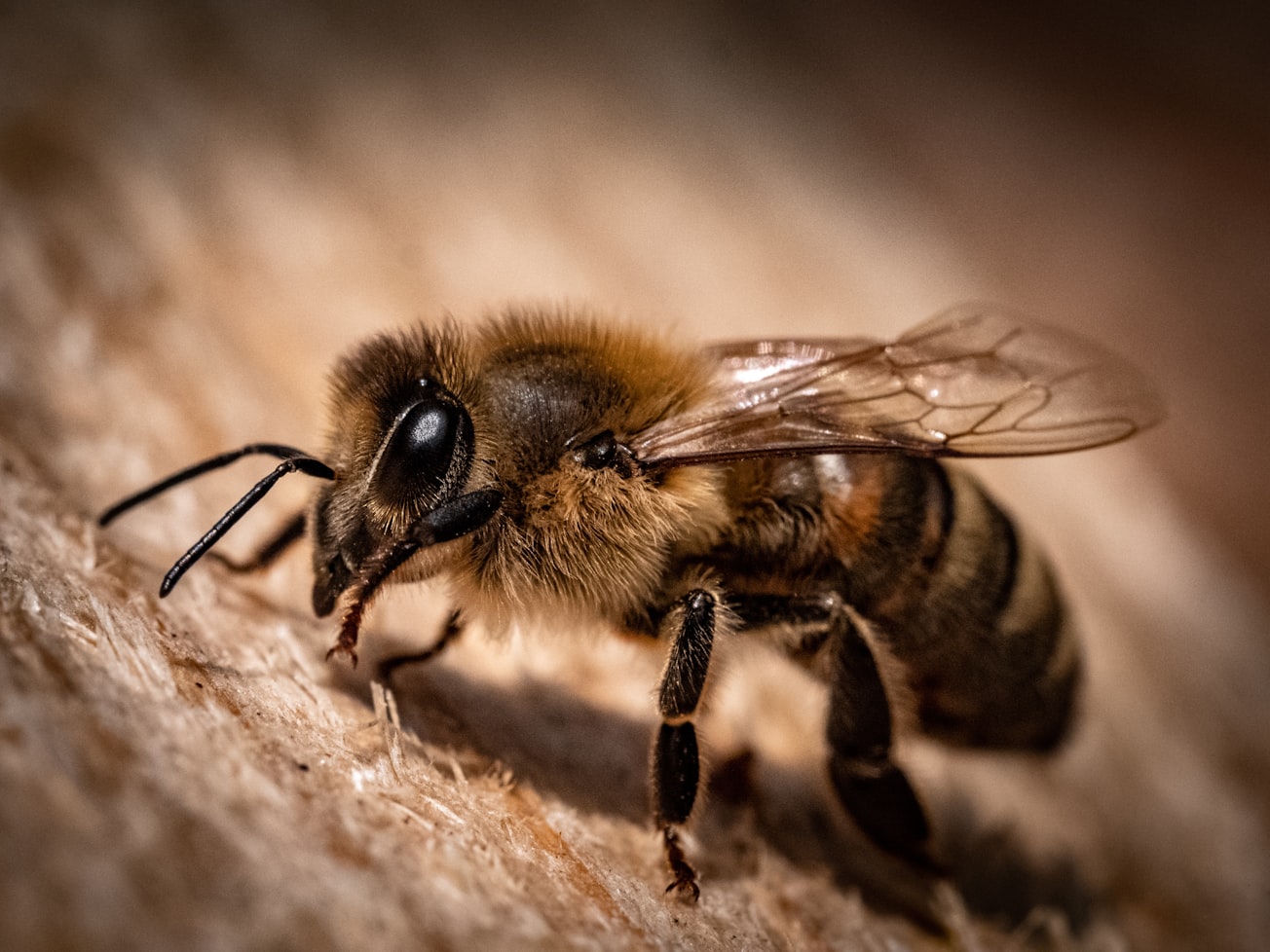What is it about?
Gene expression levels in the neural tissue of organisms are closely related to their observed behaviour. This relationship is incredibly complex, as several genes may be associated with the same behaviour, and other conditions of the organism may also influence the gene expression levels. Identifying the gene predictors of a behavioural state thus requires robust computational approaches, such as machine learning algorithms. In this study, we have successfully applied different machine learning models and compared their results to distil a unique list of genes that are candidate predictors for the waggle dance behaviour in honeybees.
Featured Image

Photo by Kai Wenzel on Unsplash
Why is it important?
We present a successful use case of machine learning applied to genomic data, highlighting its benefit when used complementarily to current statistical approaches. Our main result is a unique list of candidate genes, involved in the regulation of the waggle dance behaviour in honeybees.
Perspectives
I am incredibly grateful to all co-authors for their contributions to this publication. This research had a direct influence on my research interests and will remain an extremely important milestone for me. To anyone giving it a read, I hope you find it interesting.
Marcell Veiner
Universitat Autonoma de Barcelona
Read the Original
This page is a summary of: Machine learning models identify gene predictors of waggle dance behaviour in honeybees, Molecular Ecology Resources, April 2022, Wiley,
DOI: 10.1111/1755-0998.13611.
You can read the full text:
Contributors
The following have contributed to this page







